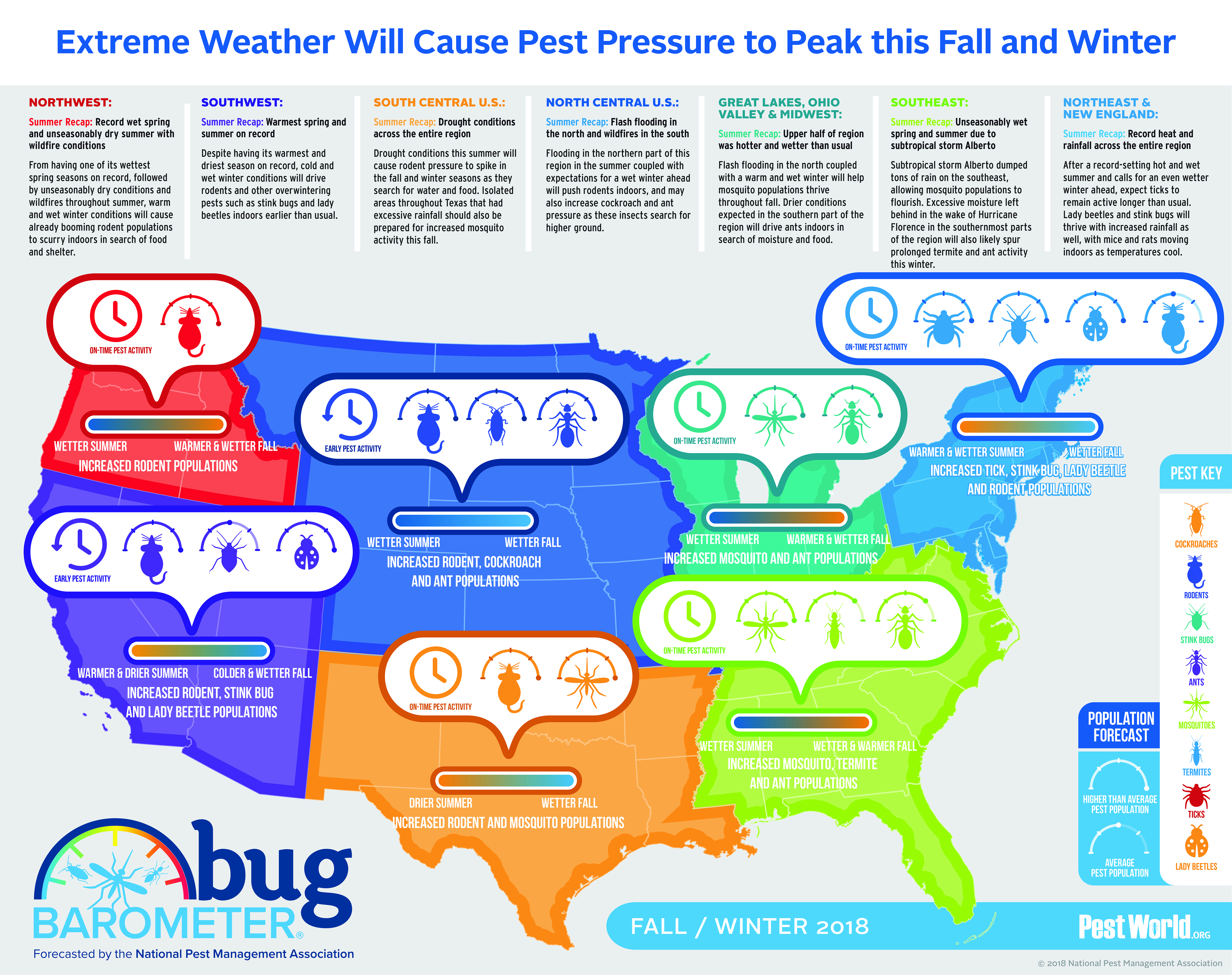Rat Control Understanding Usual Rodent Actions
Rat Control Understanding Usual Rodent Actions
Blog Article
Post Produced By-Talley Refsgaard
When it concerns rodent control, recognizing usual rodent behavior is key to properly handling problems. Did you recognize that rats have some remarkable nesting behaviors that might stun you? By discovering their intricate behaviors, you can acquire useful insights into exactly how to tackle rodent issues in a more strategic and efficient fashion. So, allow's untangle the secrets behind these creatures' activities and discover just how to outmaneuver them in your rodent control efforts.
Rodent Nesting Habits
When observing rodents in their natural habitat, you'll notice that they proactively seek out materials to create their nests. Rodents, such as mice and rats, are clever creatures that utilize a range of things like branches, leaves, paper, and textile to develop their homes. https://drive.google.com/drive/folders/1lAqSzzXIXoDy5RRT_xtdwV8chw8H2lQa in their nest-building procedure, typically lining their nests with softer products like hair or feathers to develop a comfy setting.
Rats prefer to build their nests in covert and protected locations to secure themselves and their young from killers. Usual nesting areas consist of wall surface cavities, attics, basements, and also within insulation products. By building their nests in these private locations, rats can safely raise their children far from potential dangers.
It is necessary to recognize the nesting routines of rats when implementing control measures. By disrupting their nests or eliminating materials, you can dissuade rodents from establishing an existence in your home or home. Appropriate hygiene and sealing off access points are also important steps in protecting against rodent infestations.
Rodent Feeding Patterns
After observing rats' nesting behaviors, it comes to be evident that their feeding patterns play an essential role in their every day lives and habits. Read Home Page , consisting of computer mice and rats, are opportunistic feeders, suggesting they'll eat whatever food source is easily offered. They're mainly nocturnal creatures, choosing to forage for food during the cover of evening to prevent killers.
Rodents have a diverse diet, varying from grains, seeds, fruits, and veggies to bugs, nuts, and even tiny animals. This adaptability in their food selections enables them to flourish in numerous environments, consisting of urban areas where human food resources are abundant.
Their feeding patterns aren't only driven by hunger but additionally by the requirement to stock food for times of shortage. This behavior is specifically noticeable in preparation for winter months or when nesting. Rats are known to hoard food in their nests or burrows, making sure a continuous food supply. Understanding their feeding patterns is essential in applying reliable rodent control actions to disrupt their food sources and avoid problems.
Rat Motion and Travel
Rats browse their environments with dexterity and stealth, using their keen detects to relocate promptly with their settings. These animals are adept mountain climbers, able to scale wall surfaces and upright surfaces easily. They can likewise press via remarkably small openings, making it important to seal any kind of possible access points in your home.
When it comes to traveling, rodents have a tendency to comply with familiar courses, developing tracks along walls or skirting the sides of spaces. They're creatures of habit, commonly staying with these developed courses as they forage for food or discover their surroundings.
Rodents are known for their nighttime routines, so you might hear them hurrying around in the evening as they search for food and water. Their motions are quick and irregular, permitting them to dart in and out of sight in the blink of an eye.
Comprehending just how rodents move and travel can assist you determine potential infestation areas in your home and take aggressive steps to prevent these pests from getting a footing.
Conclusion
As you work to regulate rodents in your house, keep in mind that understanding their actions is essential. By acknowledging their nesting routines, feeding patterns, and motion, you can effectively protect against problems.
Together, by taking aggressive measures to eliminate food sources and seal off entry factors, you can interrupt their acquainted courses and force them to seek brand-new areas, ultimately reducing the likelihood of rodent presence in your space.
